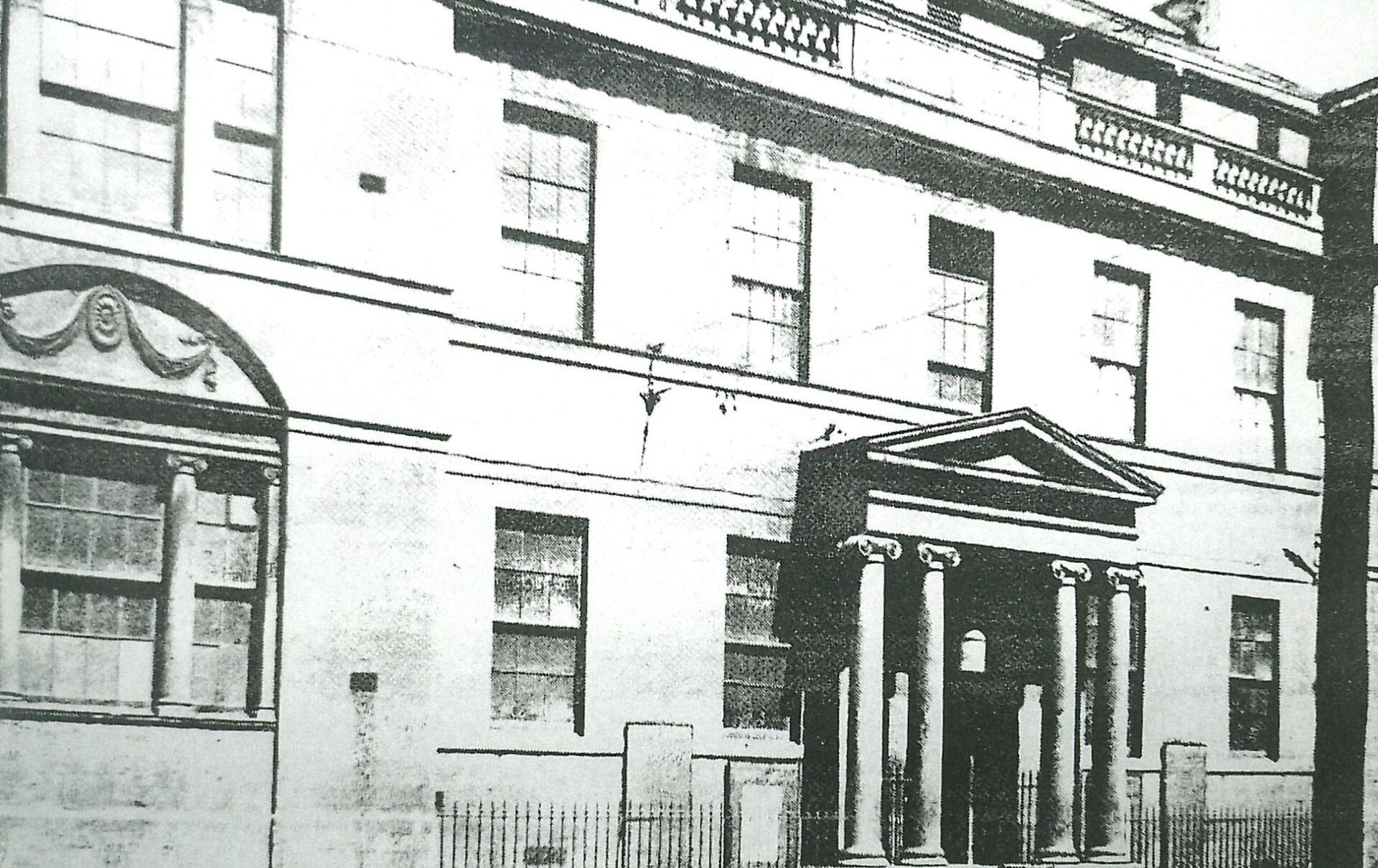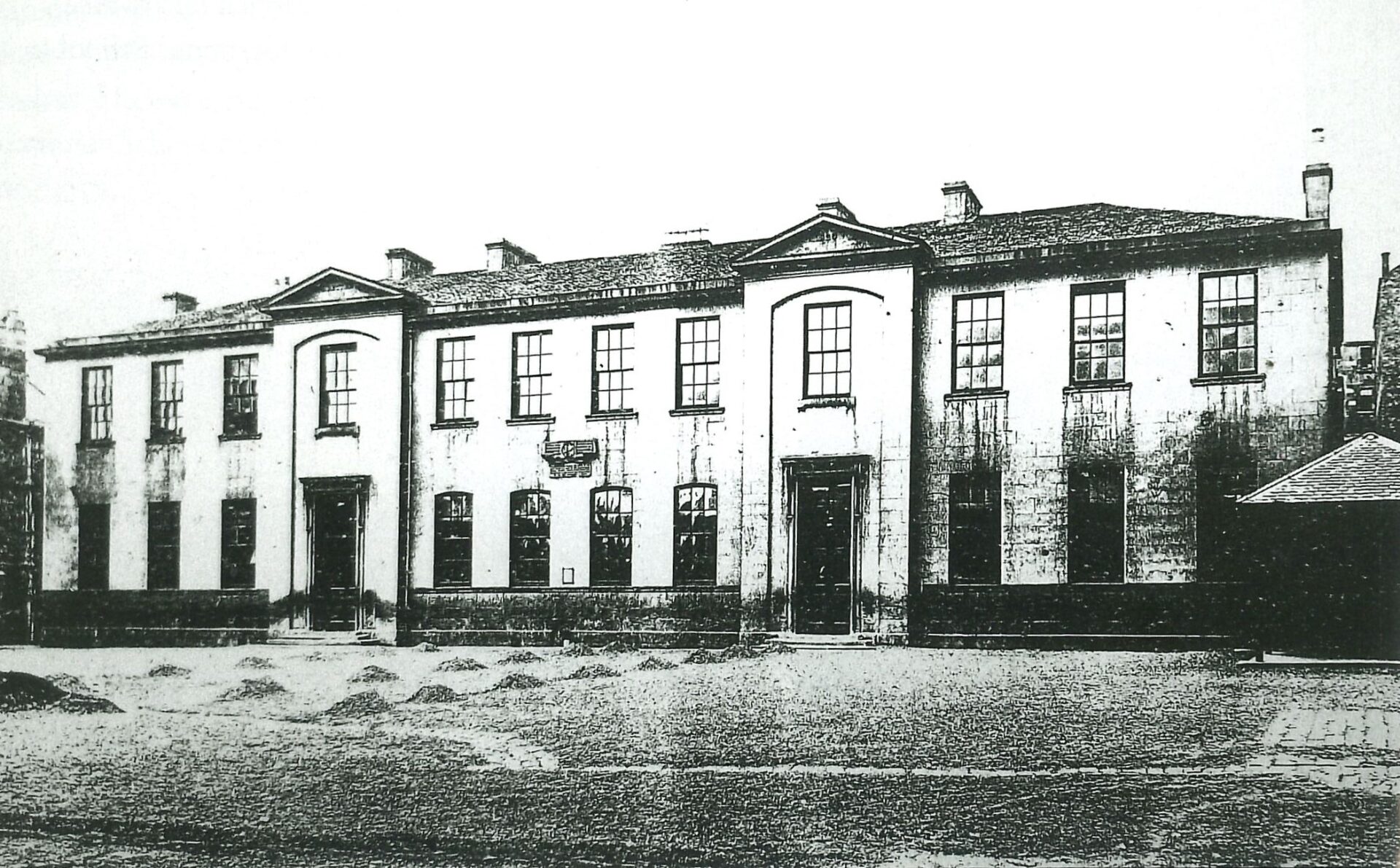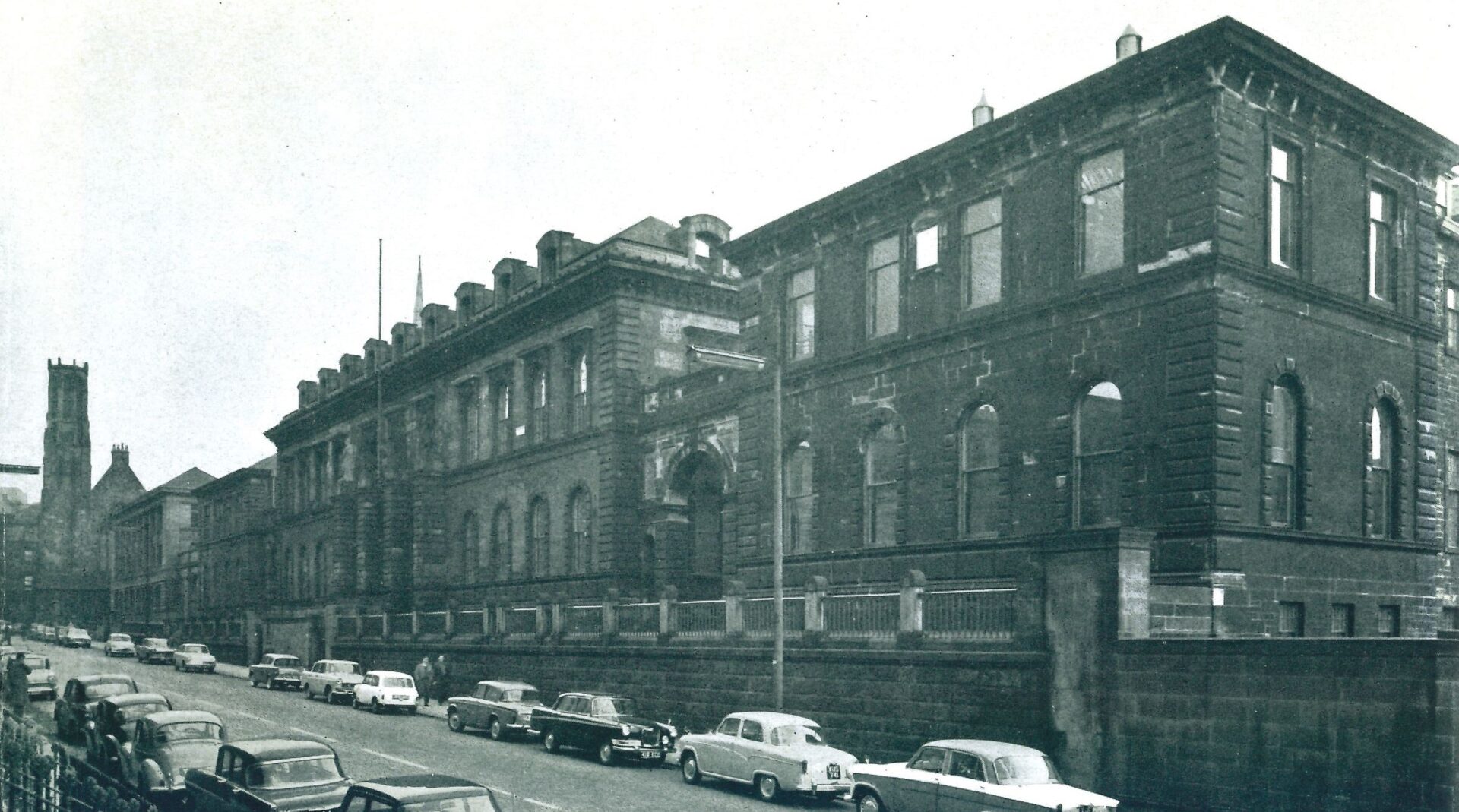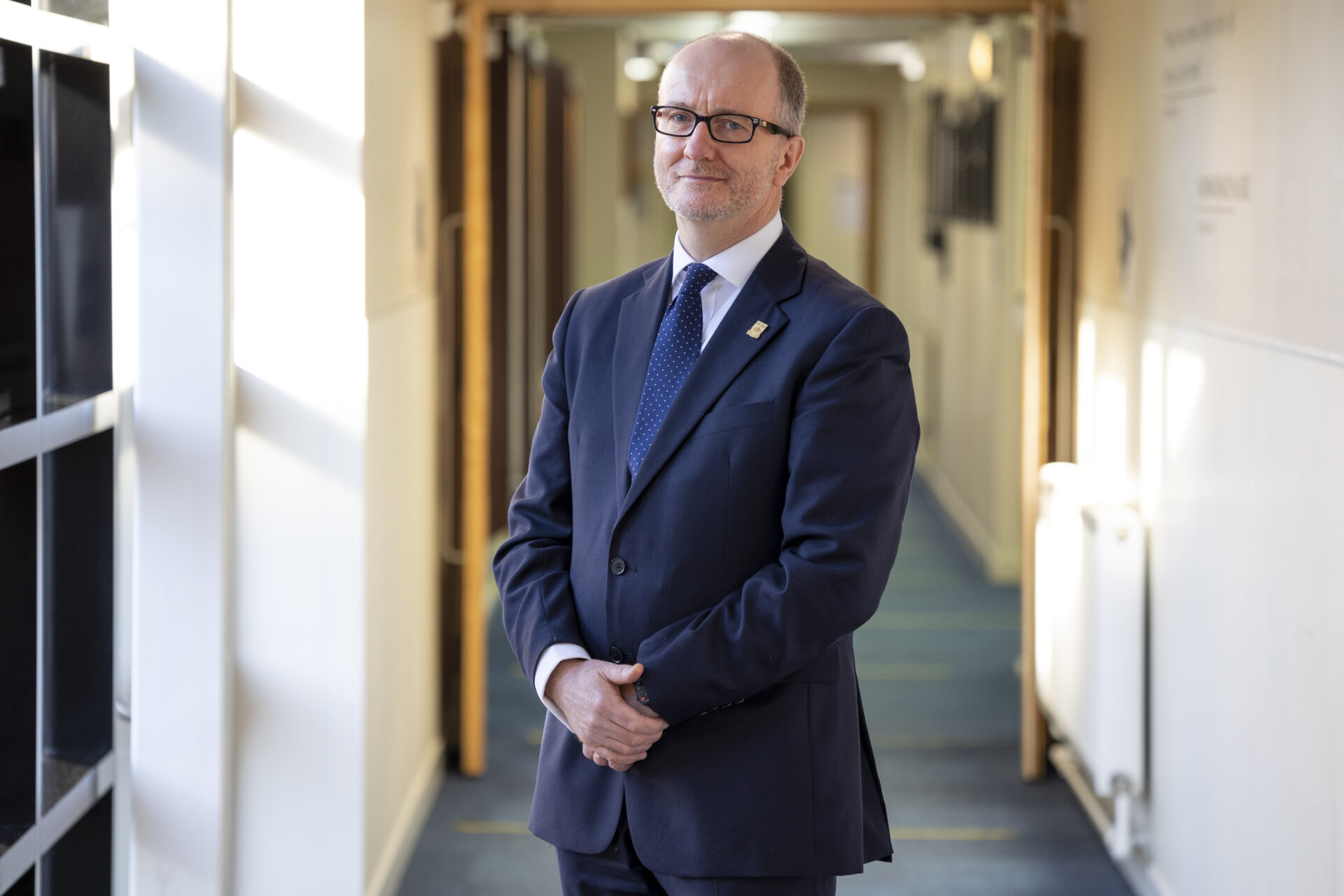HSOG History Chapter 5: The Town School
This month, Rector John O’Neill, draws on his background as a historian to explain exactly what is meant by the term the ‘Town School’, and how this ethos remains deep-rooted within the values of the High School to this day.
Don’t forget to take a look at the previous chapters we have already spotlighted, all of which can be found on the HSOG Community News page.
Taking the title ‘The Town School’, for his authoritative history of The High School of Glasgow, former Deputy Rector, Brian Lockhart (1981-1996), chose a phrase which was not only a historic expression for the old Grammar School of Glasgow, but one which laid down a challenge to the co-educational independent school of the present day.
Whilst the origins of the School lie in the choral life of Glasgow Cathedral in the 12th century, it is in the middle decades of the 15th century that the Town School takes root, in part as a result of educational overcrowding.
The foundation of the University of Glasgow within the precincts of the Cathedral in 1451, witnessed University Students and Grammar Scholars sharing space for lodgings and learning until accommodation pressures led to the Scholars and their Masters facing eviction.
However, certainty came in 1460 through an agreement, made possible by the donation of land and buildings by the Cathedral Precentor, Simon Dalgliesh, with the Lord Provost, Baillies and Magistrates of the Burgh of Glasgow.

Under trusteeship of the Lord Provost, and by 1560, under the management of the Town Council, the Glasgow Grammar School was to journey with the Town as Glasgow’s population, commerce and importance as a city grew from the 1600s onwards.
The relationship between the School and the Town in regard to the needs for education to meet the evolving growth in commerce, industry, law, medicine and beyond, within Glasgow and across the UK, and in Britain’s growing imperial reach, was reflected in the fact that in its various guises the Town Council was to oversee the Grammar School in one form or another (nb it was named The High School of Glasgow in 1834) for some 516 years, prior to the closure of Elmbank Street and the Boys’ High in 1976.
Despite challenges to funding, the quality of accommodation, and occasional dips in the standard of education provided, the place of the Town School was evident in the significant impact its Former Pupils had across law, the church, medicine, academia, commerce, finance, politics, administration, science and the arts from the 1600s onwards.
In 1600, the Town Council proclaimed its pride in its Burgh School and it went on to demonstrate this pride and faith in the importance of the School by ensuring, when resources allowed, that it would refurbish buildings or move to new premises, as Glasgow’s population grew.

Whilst Grammar School Wynd, then George Street and by 1828 John Street, provided the locations for the valued and growing School, it was arguably only when, as The High School of Glasgow, the School moved into the buildings on Elmbank Street in 1878* did the Town School have accommodation which truly reflected its stature in the City.
Whilst there was a long-enduring, symbiotic relationship between the City of Glasgow and the School, it was also a relationship reflected in popular pride in the School amongst Pupils, Former Pupils and within the population and commentators of the City. Although, it was not one without debate and criticism – especially with the growing movements in liberal thought and educational thinking questioning selective schooling from the late 19th century onwards.
The pride in the School, especially amongst those who had been fortunate to experience its impact, was of course central to the survival of the School in its present form today.
That many Former Pupils and other admirers of the High School were so moved to support the saving of the School in the 1970s, speaks to the resonance of this institution and its history as part of Glasgow’s Story.

But what of the challenge the concept of the Town School lays before the High School today?
Having become an independent school as a result of educational reform and losing the direct tie to local government, the concept of the Town School has certainly found itself adrift from time to time in the School’s consciousness. This has as much been a consequence of the long-term endeavours to physically build, resource and develop the new independent school, as it has been a feature of political and societal mores and dynamics influencing the School’s place.
However, it has not been forgotten, nor has it not been aspired towards. At no point has the High School not looked to keep engaging with, and contributing to, the life and people of Glasgow – be that through Music, Sport, Community Service and Charities, to direct fundraising and partnering with local schools, and maintaining the Bursary Fund to widen access and opportunity to young people irrespective of personal means.
In our 900th year, the High School is all the more conscious of not only its long association with Glasgow and its dependence for over 500 years on the Town Council, but also its moral imperative to contribute to the educational opportunities for all young people, whether a pupil or not of the High School.
After all, the spirit of the Town School must be one which recognises the value and benefit to all of collaboration and engagement.

In practical terms this can be witnessed through various community engagements, including the Volunteer Tutors Organisation and supporting its valuable educational work with young people in Glasgow, to the focus in our 900 Fundraising Campaign to play some part, through partnership with other schools, to develop much needed entrepreneurial education and skills for secondary aged pupils via our START programme. A programme which can only develop through contribution and partnership amongst all schools involved.
Whilst the historic mantel of the Town School is not recoverable in the 21st century, the recognition of being part of the City, and being a beneficiary of the opportunities of the City too, must continue to shape the life of the School, and inspire the School and its community to do more for the benefit of its pupils and the young people of Glasgow and beyond.
* Elmbank Street was originally the buildings of The Glasgow Academy, designed by Charles Wilson, and opened officially on 5 May 1847.
The image pictured at the top shows The Old School Building in School Wynd, which was the site of the Grammar School from 1461 until 1788.

